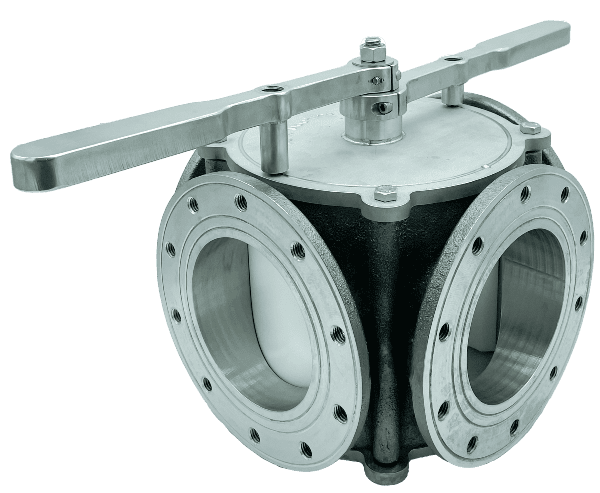Bottling is a major financial and marketing commitment for a winery. Business strategies like reducing the carbon footprint, compensating for labor shortages or standing out from the competition on the shelf can lead to decisions that challenge existing bottling systems.
For example, the pursuit of eco-friendly practices may lead to a strategic decision to lower the carbon footprint by transitioning to lighter, thinner glass bottles or buying bulk glass. The desire to stand out on the shelf may result in the marketing team changing the type of label they use, shifting to a heavier foil, or even choosing an unusual shape for the bottle.

“Bottling guys can get frustrated with product changes,” says Alex Mitchell, owner of MUST. Machining & Fabrication, “like picking bottles with funny shapes that don’t fit in their system. Many of these guys are constantly juggling the bottling schedule due to delays because of changes like these.”
Mitchell explains that the mechanism that holds the bottles in place has star wheels or guides that the bottle fits into as it goes through the bottling line. If the bottles don’t fit perfectly, it causes delays or even breakdowns. He also recalls a flurry of problems a few years ago when the search for lighter glass led to an influx of cheaper bottles that caused excessive breakage on the line, again slowing everything down.

Mitchell made many machinery adjustments for those bottles, and has built his MUST. Machining & Fabrication around thinking through these kinds of problems to help his customers adapt machinery when new trends emerge, marketing changes design specifications or the winery runs into difficulties with procuring parts promptly. Any of these can wreak havoc on a bottling line.
“Many wineries come to us to solve a bottling line problem,” he notes, “but they don’t always realize that the line may only need slight changes.”
Even what appears to be a simple change, like a thicker or thinner foil, may create problems with the foil roller. Mitchell tells the story of one winery who found an Italian olive oil bottle they wanted to use for wine, but its unique top wouldn’t allow the foil to roll over the lip of the bottle smoothly. Before coming to him they tried different foil thicknesses, roller profiles and even inline foil heaters, but nothing worked. To solve the problem, he helped them redesign the bottle lip shape to work with standard foil and foil rollers by designing and 3D printing several bottle top profiles for them to try in their machine to find the one that worked.
Customers don’t need to have significant customization requirements to utilize one of the many products MUST produces: replacement foil rollers. Foil roller profiles are programmed in the CNC, are designed to be re-ordered and manufactured on a tight timelines, and reliably reproducible and work across many bottling lines. With six plastic rollers per rolling head and as many as 30 heads on a machine, bottling lines need replacements sometimes twice a year.

Two other areas where wineries are increasingly turning to automation to speed production and lessen the impact of labor shortages are case packing and pump overs, both of which can benefit from custom fabrication. Case packing systems often require replacements for worn-out grippers, and since every system is slightly different, off-the-shelf solutions aren’t available without ordering from Italy or France, which can be more expensive and take longer than having the parts custom-made.
The use of automated pump-overs has grown over the past ten years. Mitchell’s approach is to install a permanently-mounted pump on the tank to pull juice from the bottom and pump it to the top. A second device distributes the liquid over the seeds and skins floating to the top, keeping everything wet and extracting flavors and colors.
In the past, cellar workers could spend all day moving equipment around to execute a 30-minute pump four times a day for each tank. Aside from eliminating this labor-intensive task, automating the process enables wineries to schedule pump-overs as frequently or for as long as they want. One winery saved an entire vintage by keeping the pump-overs running on power from the generator when a wildfire kept them from getting to the winery.

“Our primary focus is practical, functional custom work for wineries,” says Mitchell. “But we also have a product line of handheld tools for winemakers, and we’re introducing an all-stainless steel version of the giant bronze 3-way diverter must valves built by Healdsburg Machine Works and Valley Foundry back in the 70s. They were patented in 1938 and haven’t changed since! The old valves are less than sanitary, and wineries can’t replace them. Quite a few customers have come to us to make replacements, and by harvest, I’ll have one that wineries can simply drop into place.”
MUST. Machining & Fabrication’s approach to solving problems for its customers has given Mitchell in-depth experience with the difficulties faced by winery facilities managers, bottling supervisors, maintenance managers, and cellar crew.





